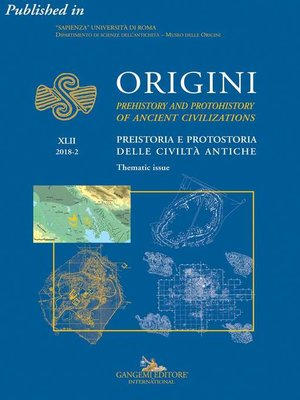Corporate societies with exclusionary social components
ebook ∣ the Teotihuacan metropolis: Published in Origini n. XLII/2018. Rivista annuale del Dipartimento di Scienze dell'Antichità – "Sapienza" Università di Roma | Preistoria e protostoria delle civiltà antiche – Prehistory and protohistory of an
By Linda R. Manzanilla

Sign up to save your library
With an OverDrive account, you can save your favorite libraries for at-a-glance information about availability. Find out more about OverDrive accounts.
Find this title in Libby, the library reading app by OverDrive.



Search for a digital library with this title
Title found at these libraries:
| Library Name | Distance |
|---|---|
| Loading... |
Few urban developments are as multiethnic, corporate, and, in fact, exceptional as Teotihuacan, in Central Mexico. The city itself covered a surface of 20 square kilometers, with a very strict urban grid, a fact that is only present at that site in Classic Mesoamerica. It housed people from different origins in what may be called a multiethnic pact. At the base and summit of this society, traits of a corporate organization may be identified. The apartment compounds housed corporate groups that shared a particular activity. At the summit of this society, a ruling council emerging from the four districts may have been the means to appease coups d'état, in a multiethnic society with various (perhaps conflicting) interests. Nevertheless, in the intermediate level of this society, stand the quasi-autonomous neighborhood centers managed by the dynamic intermediate elite, which display of a wide variety of sumptuary goods coming from different regions, where each neighborhood center promoted alliances. The contradiction between these two elements –corporate and competitive— may be behind the collapse of this urban society that begun by 550 CE.







